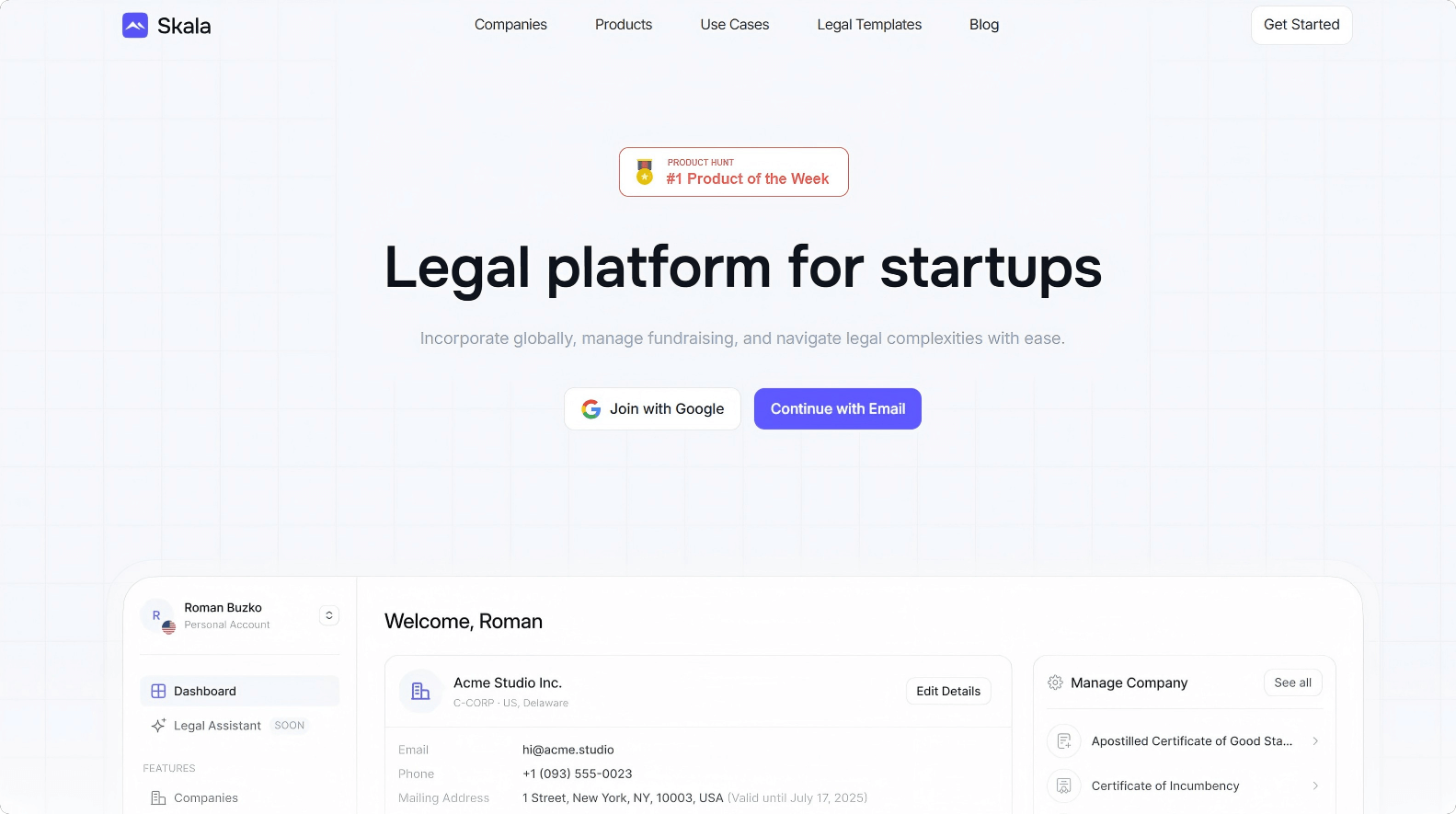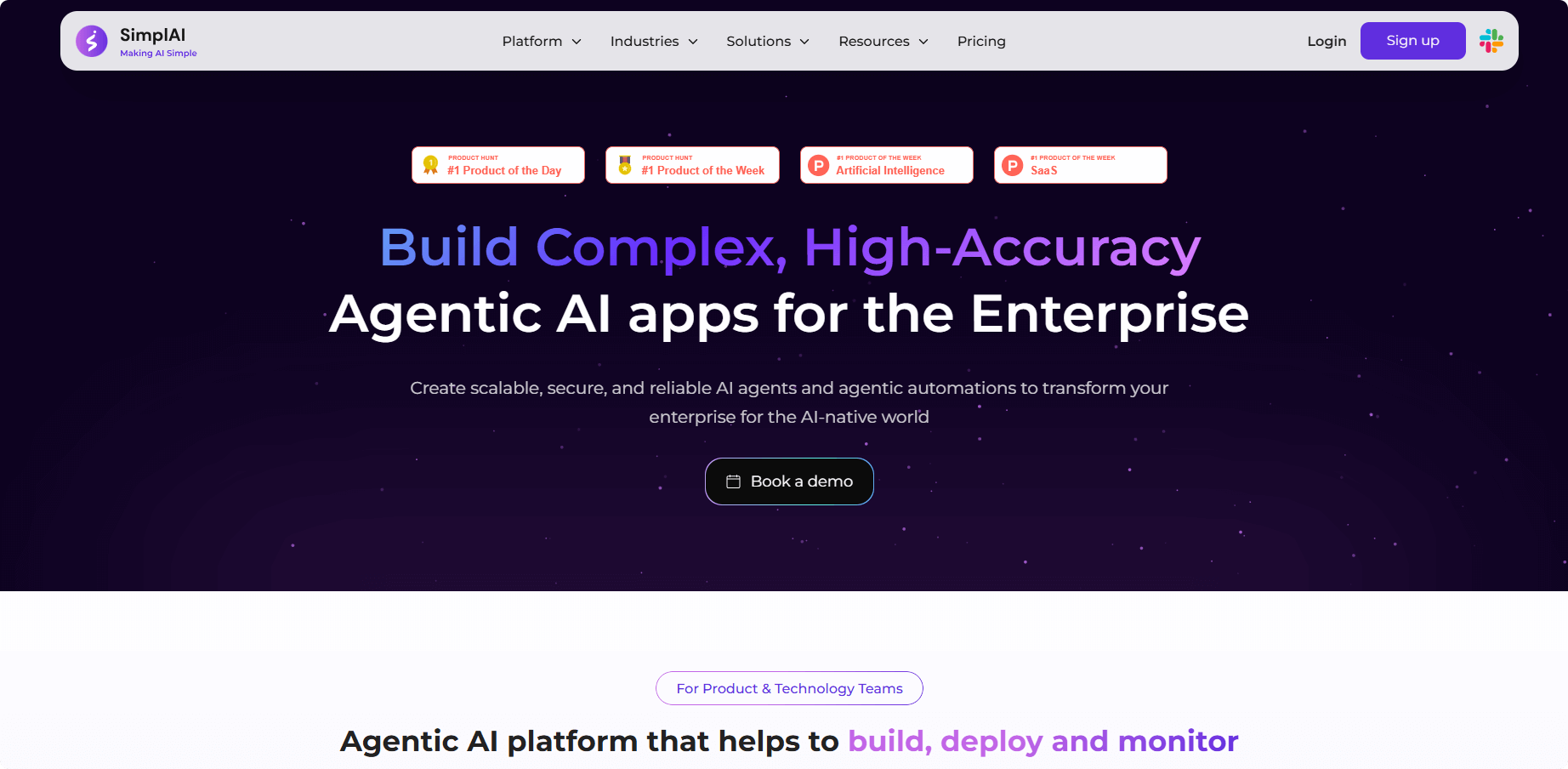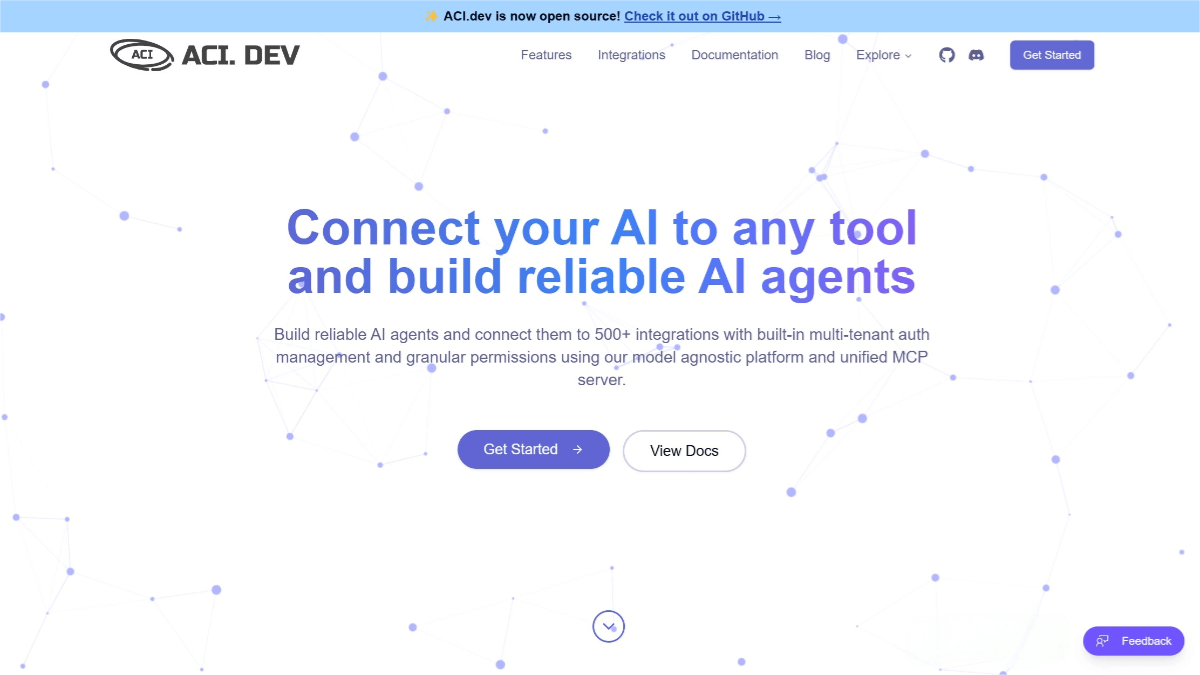MIT Cognimates Innovation Platform: Empowering Children to Harness the Power of Future AI
As artificial intelligence (AI) integrates into our lives at an unprecedented pace, our next generation will grow up in an AI-driven world. From smart home assistants to personalized learning tools, AI is subtly transforming the way children live and learn. Facing this trend, a crucial question emerges: How can we best educate and equip our children to not only understand and use AI, but also actively participate in its creation and evolution? The MIT Media Lab has innovatively launched the Cognimates platform – a groundbreaking initiative designed to empower children to “harness the power of future AI”. Through its unique educational philosophy and user-friendly tools, this platform opens the door to the AI world for children aged 7 to 14, transforming them from passive AI users into active AI creators and critical thinkers.

What is Cognimates?
Cognimates is an innovative platform based on Scratch 3.0, an open-source visual programming language, and was developed under the leadership of the MIT Media Lab. It is specifically designed for children aged 7 to 14, aiming to help them learn how to build games, program robots, and train their own AI models through creative programming activities.
The core concept of Cognimates is “from coding to teaching machines,” emphasizing enabling children to understand the underlying principles by programming and training AI agents themselves. The platform provides a series of customized extension modules specifically designed for AI devices and services (such as Amazon Alexa, social robots like Jibo, smart lights, and plugs) as well as cognitive services (such as color tracking and image recognition). Children can easily write programs, control various smart devices, and create their own AI applications by dragging and connecting these visual code blocks.
Even more exciting is that Cognimates also offers a feature module called “Teach AI,” which allows children to train their own AI classifiers by providing examples of images and text. This enables children to experience the process of machine learning firsthand and understand the importance of data for AI.
As Stefania Druga, the person in charge of the Cognimates project, said, “I hope to ensure that the next generation we cultivate will not merely passively consume this technology but become its future active creators and shapers.”
Why do children need to learn AI?
In the past, the focus of computer science education was often on teaching children how to write code to control computers to execute predefined instructions. However, the emergence of AI marks a new stage in computer science education. AI is no longer just a tool for executing instructions; it is more like an intelligent partner capable of learning, reasoning, and making decisions.
The following aspects elaborate on why AI education is crucial for today’s children:
1)Gen Z are the main users of AI:According to statistics, 70% of AI users are from Generation Z. They are a generation that has grown up with AI technology. Understanding how AI works will help them make better use of this technology and have a clearer understanding of its potential risks.
2) AI has great potential to transform education: Multimodal AI has already been proven to be able to significantly change education. Children have already started using generative AI tools to complete their homework, but they can utilize AI in more creative ways.
3) Children are more inclined to use AI tools: In some cases, children even prefer AI tools to human tutors. Therefore, involving them in the design and development of AI tools can create products that better meet their needs and preferences.
4) Cultivate the key skills needed in the 21st century: In an increasingly intelligent world, understanding the basic concepts of AI and mastering the ability to collaborate with AI will become indispensable skills for children in their future lives and work. This includes AI literacy and data literacy.
5) Break the mystery and negative perception of AI: Many children may have learned some negative information about AI from science fiction movies or news reports, such as AI being an evil “Terminator.” By personally participating in the construction and training of AI, children can demystify AI, understand that the essence of AI is a manifestation of human intelligence, and thus establish a more rational and objective perception.
6) Inspire the spirit of scientific exploration: Research shows that children are “little scientists” by nature. Given the right tools, they will actively engage in the process of scientific exploration. For example, they will put forward hypotheses, conduct tests, and continuously improve their understanding regarding the working principles of AI models or robots. Cognimates is precisely such a platform that can inspire children’s spirit of scientific exploration.
The core functions and features of Cognimates
The reason why the Cognimates platform can effectively empower children lies in its carefully designed functions and features:
1) Based on the popular Scratch programming language: Scratch has a huge global user base of children due to its simple and intuitive visual programming interface. Cognimates inherits the usability of Scratch, allowing children to easily get started with AI programming in a familiar environment. The platform includes main components such as a block library, coding area, and stage. Children can create programs by dragging and dropping blocks and see the running results of their programs in real time on the stage.
2) Rich AI and robot extension modules: Cognimates provides 18 different AI extension modules [11], covering interactions with various intelligent devices and cognitive services. For example:
- Smart Agents Expansion: Supports interaction with smart devices such as Amazon Alexa, Anki Cozmo, Jibo, etc. Children can program and control them to perform various tasks, such as asking Alexa to give specific responses or making the Cozmo robot perform specific actions.
- Cognitive Services Extensions: Integrated with features such as image recognition, sentiment analysis, and color tracking, children can use these extensions to create AI applications that can “understand” images and “interpret” emotions. For example, children can train the AI to recognize different gestures to play the “Rock-Paper-Scissors” game.
- “Teach AI”: Allow children to train their own image and text classification models. For example, they can train AI to recognize different animals and foods, or determine whether the sentiment of a passage of text is positive or negative. This process can help children understand the basic principles of supervised learning.
- Hardware Expansion: Supports connection with hardware devices such as micro:bit, enabling children to apply AI models to the real physical world.
3) Powerful “Teach AI” Model Training Functionality: The “Teach AI” module utilizes IBM Watson’s SDK and API to provide children with a simple and user-friendly interface for creating and training their own AI models. Children only need to upload or drag and drop sufficient image or text examples and label each category. The platform will then automatically train a customized AI model. Additionally, the platform displays the confidence level of the model’s predictions, helping children understand the reliability of the model’s judgments and encouraging them to think about how to improve the model’s accuracy by adding more data.
4) Structured Learning Guides and Missions: To help children and educators better utilize Cognimates, the platform provides a series of learning guides and missions. The learning guides introduce how to use specific extension modules and create certain projects in a concise and clear manner. The mission mode allows the intelligent agent (a virtual character on the screen or a physical robot) to act as a learning companion, providing feedback and guidance based on the modules used by children in the code to help them learn specific programming skills.
5) Attractive “Cognimates” Characters: The platform has designed multiple unique digital characters (such as Eyeball, Nary, Ninjat), which can concretize the extended functions of AI. For example, the character Nary can display different emotions based on the results of AI sentiment analysis, while a giant eyeball character can show the results of computer vision recognition. These characters make abstract AI concepts more vivid, interesting, and easier for children to understand and accept.
6) Open-source and Free Platform: Since February 2018, the Cognimates platform has been completely free and open to users worldwide. This has significantly lowered the barrier to AI education, providing more children with opportunities to access and learn about AI. The platform’s code has also been made open-source, encouraging community contributions and feedback.
How do children learn AI on Cognimates?
The design concept of the Cognimates platform is “learning through play and having fun while learning.” Children learn AI on the platform in the following ways:
1) Hands-on Practice (Learning by Doing): Cognimates emphasizes hands-on operation and creation. Instead of passively listening to lectures, children actively participate in the process of programming, training, and testing AI models. This “learning by making” approach can more effectively promote their understanding of AI concepts.
2) Follow the process of scientific inquiry: Cognimates encourages children to inquire like scientists. They propose hypotheses about how models or robots work. For example, “If I show the AI more pictures of cats, it will be able to recognize cats more accurately.” Then, they verify their hypotheses through programming and training. During the experiment, they observe the results, analyze the data, and continuously adjust their understanding.
3) Experience the feedback loop of AI: By training AI models, children can intuitively feel the importance of the feedback loop. They provide data, observe the model’s prediction results, and make corrections based on the results, thus seeing the improvement in the model’s performance. This process helps them understand the basic principle of machine learning, that is, improving performance by continuously learning from data.
4) Unveiling the “Black Box” of AI: Traditional AI technologies are often regarded as incomprehensible “black boxes.” Cognimates, through its visual programming interface, the “Teach AI” feature, and tangible characters, enables children to “see” how AI learns and makes decisions, thereby demystifying AI.
5) Cultivate AI literacy and data literacy: While using Cognimates, children will learn how to collect and annotate data, how to evaluate model performance, and how to understand the limitations of model predictions. These experiences are crucial for developing their AI literacy and data literacy.
6) Stimulate creativity: Cognimates provides an open creative platform where children can freely combine different extension modules to create projects that interest them. Whether it’s making a game that can recognize their own drawings or creating a system that can control smart home devices based on voice commands, children can turn their ideas into reality on Cognimates.
7) Promote cooperative learning: Research shows that children will actively communicate and cooperate when using Cognimates for learning. They will share ideas with each other, solve problems together, and help each other understand new concepts. This collaborative learning approach can improve their learning efficiency and understanding depth.
What have the children created on Cognimates?
Cognimates provides children with a vast creative space, where they have used this platform to create countless amazing projects:
1) AI Games: Children use image recognition technology to create a “Rock-Paper-Scissors” game that can interact with hand gestures via the camera; they develop games that recognize unicorns and dolphins using image models they trained themselves; they even design role-playing games that can be controlled by voice commands.
2) Intelligent Applications: Children can turn the camera into a “microscope” to analyze the components of food; build a “Happiness Detector” that can analyze text sentiment; and even program their own intelligent voice assistants to remember their preferences.
3) Robot Interaction: Children program the Cozmo robot to dance and express emotions; control the Jibo robot to perform specific actions and tasks; and even make Alexa say interesting messages they have recorded themselves.
4) Art and Creativity: Children use AI technology to conduct literary style analysis; create AI painting programs that can associate based on users’ paintings.
A nine-year-old girl named Tiana wrote a game of “hide-and-seek” with a robot using Cognimates for the first time. Although there were still some minor issues with the program, she realized her idea through programming and interacted with the robot for half an hour, which she found very interesting.
An 8-year-old boy named Alex trained his own image recognition model through Cognimates, enabling the computer to distinguish between the cup and the car he drew. This made him realize that the “intelligence” of AI is not innate but can be acquired through learning.
These vivid cases fully demonstrate the powerful ability of Cognimates to stimulate children’s creativity and learning potential.
How to Start Using Cognimates?
Cognimates is a fully online platform. There is no need to install any software. Just open your browser and you can access it.
1) Visit the Cognimates website: Please visit http://cognimates.me or search for “Cognimates MIT”.
2) Explore Codelab: This is the main area where children can engage in visual programming. Here, they can drag and drop code blocks and connect intelligent agents and cognitive services.
3) Experience Teach AI: On the “Teach AI” page, children can upload their own images and text data to train personalized AI models.
4) Refer to the learning guide and beginner projects: The platform provides a wealth of tutorials and sample projects to help children get started quickly.
5) Participate in the community: Cognimates is an open-source project. Everyone is welcome to contribute code, provide feedback, or share ideas.
Parents, teachers, or friends who are interested in AI education can all guide children to experience Cognimates and start their AI exploration journey.
The research achievements and influence of Cognimates
Since its launch, the Cognimates platform has been widely applied and researched on a global scale. In schools and community centers with diverse socio-economic backgrounds in countries such as the United States, Germany, Denmark, and Sweden, researchers have conducted in-depth investigations into the effects of children learning AI through Cognimates.
The research results show that through the use of Cognimates, children have made significant progress in the following aspects:
1) Positive shift in the perception of AI: Before using Cognimates, children often regarded intelligent agents as extremely smart and trustworthy. However, after programming and training AI, they became more rational in their view of AI’s capabilities. They began to realize that AI’s “intelligence” stems from human programming and training, and they adopted a more cautious attitude towards its “honesty” and “memory.” Nevertheless, this did not prevent them from continuing to see AI as a friendly and exciting technology.
2) Gain a deeper understanding of AI concepts: Through hands-on operation, children can better understand abstract AI concepts, such as sentiment detection and supervised learning. They are able to explain the principles and applications of these concepts in their own words.
3) International children exhibit stronger critical thinking: Research finds that compared with children in the United States, children from Germany, Denmark, and Sweden have relatively less exposure to AI technology, but they demonstrate stronger critical thinking towards these technologies.
4) The influence of cooperation and communication skills on learning outcomes: The study also found that children’s cooperation and communication skills during the learning process have a significant impact on the depth and breadth of their understanding of AI concepts.
The Roles of Educators and Parents
Although children are naturally curious and eager to explore new technologies, educators and parents still play a crucial role in AI education. They can act as children’s “AI enlightenment mentors,” guiding them to correctly understand and use AI technology and helping them establish proper ethical concepts.
The Cognimates platform also provides educators and parents with a wealth of resources, such as teacher training workshops, learning guides, and teaching materials. These resources are designed to help educators and parents learn AI concepts together with their children and jointly explore the infinite possibilities of AI.
Cultivate AI literacy and embrace the AI era.
With the continuous development of AI technology, AI literacy will become a basic skill for future citizens, just like reading and writing. The EU’s newly passed AI Act (EU AI Act) also clearly states that providers and deployers of AI systems should take measures to ensure that their employees and users have sufficient AI literacy.
The MIT Cognimates innovation platform is truly a project at the forefront of the times. With its innovative educational philosophy, user-friendly tools, and abundant learning resources, it has made positive contributions to cultivating the next generation’s AI literacy. By empowering children to harness the power of AI, Cognimates is helping them better understand the world, create the future, and ultimately become responsible AI citizens.
Conclusion: Endow children with the ability to take control of the future.
“Not to build machines, but to construct a new model of thinking about people, ideas, and reality.” This profound statement by sociologist Sherry Turkle reveals the essence of the AI era. Cognimates is not just a platform for teaching AI technology; it is also a tool for cultivating children’s innovative thinking, scientific literacy, critical thinking, and collaborative abilities.
Empower children with platforms like Cognimates to take control of the future power of AI, giving them broader prospects in the world to come! Let children become the trendsetters in the AI era!
Related Posts




